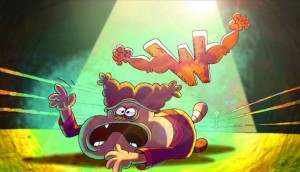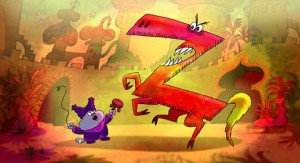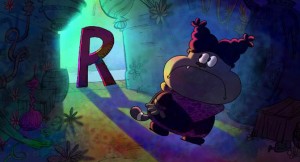What is Dyslexia?
Dyslexia is an alternative way of thinking – a learning preference – that affects an estimated one in ten New Zealanders, including 70,000 schoolchildren.
Brain research, including studies from Yale and Auckland universities, has shown that while it is common to use the ‘verbal’ left side of our brain to understand words, dyslexic people use the ‘pictorial’ right side – making them slower to process and understand language, but stronger in creative areas like problem solving, empathy and lateral thinking.
Ultimately, dyslexia can be described as a learning preference – based on individuals preferring to receive, process and present information in ways that make more sense to the dyslexic-wired brain. These are often oral, visual or multi-sensory rather than via the written word.
People who have dyslexia often find it hard to operate effectively in the school system, unless they are taught in a multi-sensory way.
Dyslexics are wonderful at bigger picture thinking, creativity in thinking, and are often very intuitive.
Some of the common signs of dyslexia can include:
-
Problems with labels, rhymes, sequences
-
Letters or numbers reversed or confused b/d/p/q, n/u, 13/31
-
Being slower to process and needing repeated exposures to retain learning
-
Retrieval issues – learns something one moment, gone the next
-
Large gap between oral and written capabilities
-
Poor sense of direction – difficulty telling left from right
-
Reluctance, embarrassment or avoidance around reading out loud
-
A preference for face-to-face meetings/phone calls rather than email correspondence, and for charts/graphs over text
-
Frequent misspelling of words and mixing up words which sound similar (recession/reception), in speech or written work
-
Poor handwriting, punctuation and grammar
-
Misunderstanding or misinterpretation of teachers’ instructions
-
Problems meeting deadlines, despite working hard
-
Fine motor coordination may be problematic, eg. tying laces, doing up buttons
 Do you think you or someone you know might have dyslexia?
Do you think you or someone you know might have dyslexia?
Do the free online test: http://www.dyslexia.com/dyslexiatest.htm
Watch the trailer from “The Big Picture – Rethinking Dyslexia” Movie
 How to get help or advice
How to get help or advice
Dyslexia is a life-long condition. With proper help, many people with Dyslexia can learn to read and write well. Early identification and treatment is the key to helping dyslexics achieve in school and in life.
Approach your school and ask about extra help – Talk to your child’s teacher, or your school’s RTLB or SENCO
- Visit the Ministry Of Education website: for useful information about dyslexia and how you can support your child. http://www.minedu.govt.nz/Parents.aspx
- Contact SPELD visit their website – Most people with Dyslexia need help from a teacher specially trained in using a multi-sensory, structured language approach. It is important for these individuals to be taught by a systematic and explicit method that involves several senses (hearing, seeing, touching) at the same time. This is what SPELD does. See the SPELD website: www.speld.org.nz
- Cellfield – is a programme that has been shown to be of great benefit to those with dyslexia. Find a provider here: https://www.cellfield.co.nz/
- Visit Dyslexia Foundation website – for information and advice. Also a list of providers that can support you and your child. http://www.dyslexiafoundation.org.nz/info.html
- Look at other websites about dyslexia from other countries: British Dyslexia: http://www.bdadyslexia.org.uk
- Advice for students at secondary school level for special exam conditions. To find out if your secondary age student qualifies for support in exams, go to NZQA website. Read more here
- Want a formal assessment or more help? Here is a list of providers: http://www.dyslexiafoundation.org.nz/dyslexia_assproviders.html
- Contact us at Empowered Learning Trust



